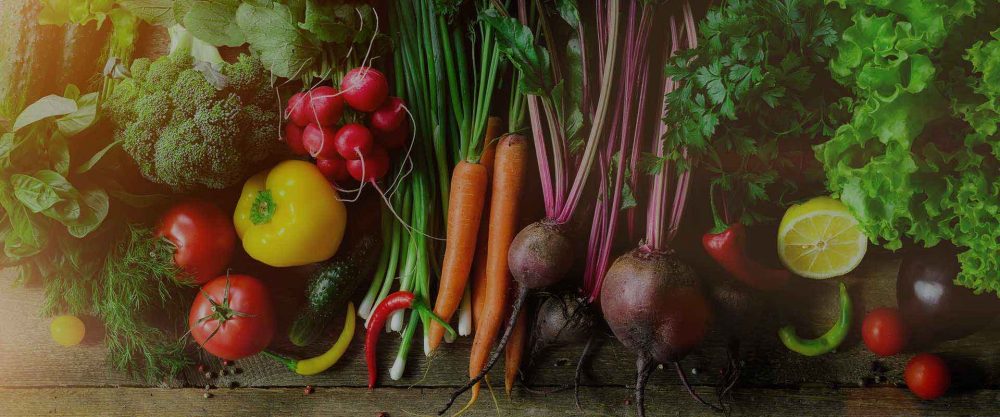Some of of us might not realize how staggering the actual scale of the global food waste problem is. According to reports, 1.6 billion tons of food is lost or wasted every year, equating to a total value of $1.2 trillion being taken from the supply chain.
In 2019, Bloomberg published an article in which they announced that the Big Money had finally joined the fight against $1 trillion in wasted food. However, this didn’t make enough impact since CNN reported that the expected food waste total of 2020 has grown to twice the predicted size. And with one-third of the total amount of food produced being misused, the supply chain industry needs to look at innovations and digitalization to combat the ever-growing pile of food waste.
Reducing food waste and loss within the industry can be made through new management platforms, embracing technology, and digitizing the food supply chain. By doing this, we can all help make the United Nations Sustainable Development Goal of reducing food loss and waste in half by 2030.
Food waste is an evident problem across the entire supply chain, but the lion’s share comes during production and after the consumption phases. In developing countries, production waste is the biggest polluter since the infrastructure isn’t equipped to handle the food and therefore creates waste. In more developed countries, retailers and consumers throw away ridiculous amounts of food after and during consumption.
And the amount of waste we create will only increase unless the food supply chain undergoes a digital transformation. From production and processing to the retailers and consumers at home, systematic changes are needed to help everyone utilize these precious resources more efficiently and lower the amount of waste we’re creating.
The Internet Of Things And Supply Chain Management
Constant communication across all aspects of the supply chain will drastically reduce the amount of food produced or wasted. The Internet of Things (IoT) should be utilized to support and improve supply chain efficiencies to make this possible. IoT lets each aspect of the food industry access essential data related to the supply and management of production, reducing the amount of waste created.
The ability to share data through IoT can reduce waste for farmers, factories, companies, and consumers. Retailers could utilize real-time data in stores to showcase when the products were harvested and offer insights to the “sell-by date” or storage to keep produce edible for a more extended period. Additionally, farmers could use the data to find the optimal moment to harvest their products. Data could also be used to educate consumers further on using the produce, reduce food waste, and implement the technology.
Ways To Reduce Food Waste Within The Supply Chain
One of the main problems with reducing food waste is that without real-time insights into the status, condition, and inventory within the waste-to-energy supply chain, what options do companies have to address their waste issues and improve customer engagement? There are three ways to reduce food waste within the supply chain.
1 – Understand your supply chain and make intelligent modifications
If you aspire to implement real solutions, you must understand the cost of the waste. There are many contributors to food waste, such as excess inventory from bad forecasting, or order time lost during distribution and inefficient transportation models. Recently, an article on supply chain digital stated that only 30% of organizations have full visibility of transit goods.
Through advanced platforms such as the EnMass Energy platform, you’re able to obtain a complete overview of the end-to-end supply chain. You can then address each stage of the supply chain to minimize food waste, turn leftover waste into energy fuel, and create a full circle economy.
2 – Analyze your supply chain
A second aspect of lowering food waste in your supply chain is by improving visibility. According to an EU research project, Europe’s wastage alone would be enough to feed all the people suffering from hunger in the world, twice. This needs to change, and consumers are already demanding change. People are taking steps to reduce waste with reusable bags, paper straws, bottle-free toiletries, and more. They expect businesses to put their effort towards reducing and reusing.
3 – Enhance collaboration and efficiency
Having complete visibility, traceability, and an easy way to connect with suppliers, warehouses, and transportation companies is the key to an adaptable supply chain. In turn, the flexible supply chain is vital when recalls and faults in production need to be handled and when deciding to build an end-to-end supply chain from creation to waste to energy. Shared third-party data can create the foundations for better collaboration based on more robust connections and effective forecasting.
Fighting Food Waste
Food waste is a sizable global concern. The food industry must curb wasteful practices and use new technological trends and possibilities to optimize the supply chain. From keeping food fresh to reusing food waste for further purposes such as transforming it into energy and fuel, new platforms and devices will help companies make more informed business decisions. Then, hopefully, the amount of food waste will decrease.
—————-
At EnMass Energy, we built a one-of-a-kind software platform to support the entire waste-to-energy procurement process, allowing you to implement the circular economy principles into your business model. If you want to learn more about our solution, please get in touch.
